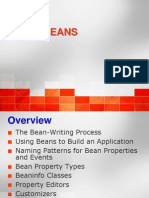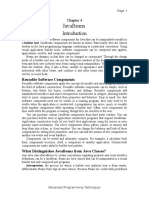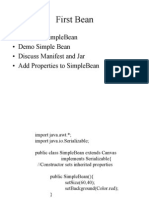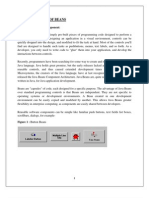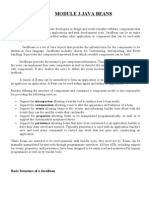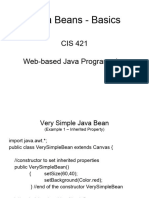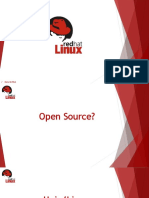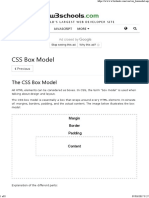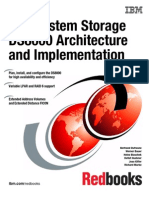0% found this document useful (0 votes)
131 views32 pagesJavabeans: An Introduction To Component-Based Development in General Introduction To Javabeans
Uploaded by
Khemnath ChauhanCopyright
© Attribution Non-Commercial (BY-NC)
We take content rights seriously. If you suspect this is your content, claim it here.
Available Formats
Download as PPT, PDF, TXT or read online on Scribd
0% found this document useful (0 votes)
131 views32 pagesJavabeans: An Introduction To Component-Based Development in General Introduction To Javabeans
Uploaded by
Khemnath ChauhanCopyright
© Attribution Non-Commercial (BY-NC)
We take content rights seriously. If you suspect this is your content, claim it here.
Available Formats
Download as PPT, PDF, TXT or read online on Scribd
/ 32













